UX/UI design (user experience and user interface)
Providing meaningful experiences to diverse users to create sustainable societies
Research Purpose
- Service & System Design to Improve User Experience
- System Design to Support Daily Activities for Elderly and Disabled People
- Customer Experience (CX) Management for Service Industries
Overview
We studied the provision of meaningful experiences to diverse users in sustainable societies. From a human-centered perspective, we paid more attention to the UX/UI design to facilitate a better interaction between users and systems/products. Current topics include UX design for restaurants or sports events, system design to assist daily activities for disabled people, and user-centered application of a social service robot in elderly care facilities. Additionally, we are working on improving customer experience (CX) management in service industries.
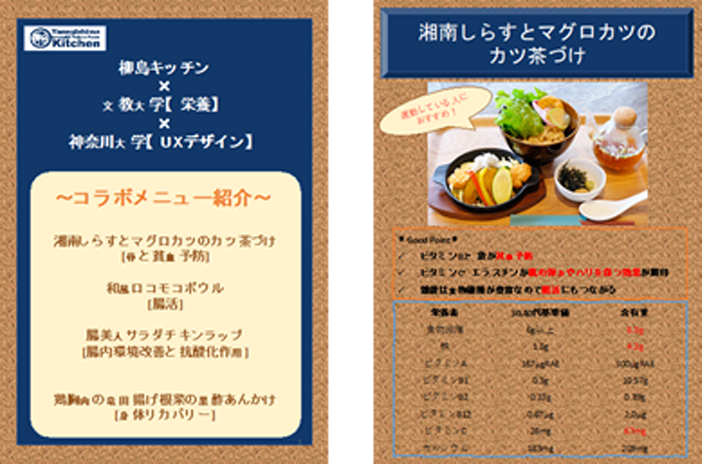
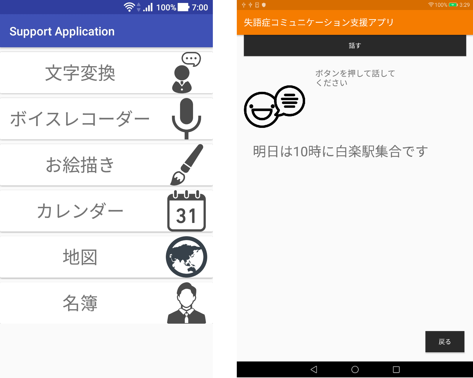
Human-Centered Design of Systems, Products, and Production Processes
Application in operation management in manufacturing and service sectors
Research Purpose
- Work & Product Design for Safety and Productivity
- Evidence-based Product Design and Operation Improvement
- Short-term Improvement and Long-term Safety of Workers
Overview
We studied human-centered design of systems, products, and production processes with operational improvements. We focused not only on occupational safety and health, but also on productivity of operation management. The research field of human-centered system design has expanded beyond manufacturing industries to include service sectors. Current topics are improvement of tasks and working environments in service industries, ergonomic design of industrial products using biological signals such as surface electromyogram (EMG), and others. Evidence-based product design and operation improvements have been performed to ensure long-term safety and health of workers.
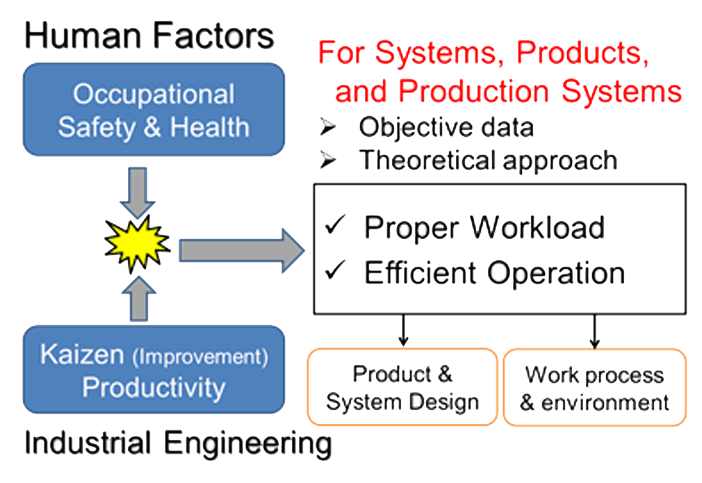
Human-Centered Design of Systems, Products, and Production Processes
Interface Design and Usability
Improving daily activities using human interface
Research Purpose
- Effectiveness of Banner Ads on Websites
- To Estimate the Buying Intention of Consumers
- Eye Tracking for Improved Safety in Automobile Operation
- Making Web Animation Content Safer for Viewers
Overview
We studied four research areas related to usability, which included the usage of daily necessities, means of transportation, and communication equipment. To make the day-to-day lives of people easier, improving usability of goods and services used in these four areas is very important.
First, we studied the effectiveness of advertisements on websites. In the recent years, advertising media have switched over from magazines and newspapers to online advertising due to the growth of the Internet. We performed psychophysical experiments using eye tracking to investigate the effectiveness of online advertisements.
Second, we studied to estimate a buying intention of consumers using the change rate of the pupil diameter. Change rates of the pupil diameter are correlated with the interest of human. We investigated whether the change rate of pupil diameter is correlated with the buying intention of consumers.
Third, we studied the safety improvement of automobile operations. While driving, we try to remain continuously alert to multiple factors (such as pedestrians, road signs) around us to ensure safety. However, it is difficult to do that in complicated situations. We investigated how safety checks can be made easier for safer driving in all situations.
Finally, we studied the safety of online animation content. Online animation content is consumed everyday by many users these days. However, the strong flashing and flickering lights in such animations could be harmful or even dangerous for viewers. We performed psychophysical experiments using a simple electroencephalograph to detect dangerous animation content.
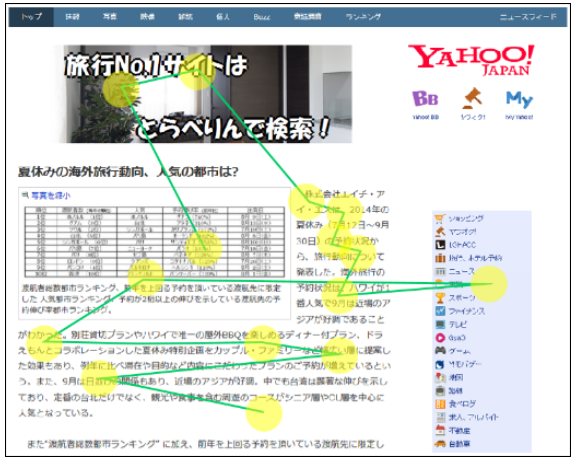
Eye Movement of Browser Browsing Website
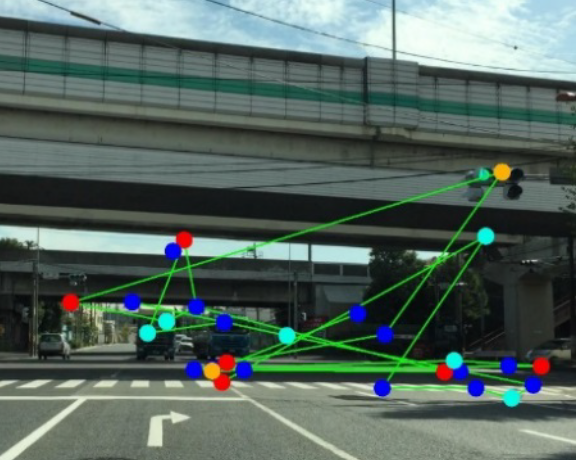
Eye Movement of Driver in a Junction
Consumer Engagement and Loyalty
Building relationships with consumers through personalized interactions
Research Purpose
- Understanding Consumer Behavior in Food Services
- Establishing Better Service with High Integrity for Diverse Consumers
- Business Models of the Sextiary Industry in Asia
Overview
We studied consumer engagement and loyalty to bring valuable experiences to consumers. It is necessary to first understand consumers deeply to create a service or system that can win their trust, make them feel understood, and provide positive emotional experiences to them. It is challenging to understand consumer attitudes, intentions, and behaviors in food services using statistical methods. Current topics being studied are “customer engagement” to build better relationships between customers and service providers as well as “customer loyalty” to promote the expression of empathy towards customers. The purpose of the study was ensuring food integrity and improving the business model of the sextiary industry in Asian countries, including Japan, to build better relationships with diverse consumers (e.g., halal foods) in food services.

Food Supply Chain